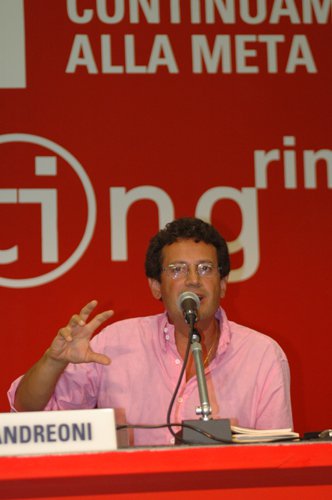Igor Stravinkij. A Master of the nineteenth century
This exhibition uses the charismatic and anti-heroic figure of Igor Stravinskij to explore the musical, artistic, and cultural changes of the 19th century. This great Russian cosmopolitan lived through a century of several artistic movements without feeling the same crises that many avant-garde artists experienced. He never felt imprisoned by ideological barriers or prejudices and was hardly affected by those intellectual and ideological superstructures that many personalities of that century were obliged to adopt to face the swirling violence of values, ideas, and affective, political, religious, and aesthetic reference points. He was led – in his own words – “only by his appetite for music,” by a voracious curiosity, and by a definite technique. Sometimes he created his own music, and sometimes he simply followed the path of a music deprived of romantic certainties and forced to search for new sources, new stimuli, languages, idioms, jargons, and aesthetic, grammatical, and syntactic solutions. As an exile from his beloved Russia, he moved restlessly between France, Switzerland, Italy, England, and the United States, always avoiding places where wars, revolutions, or conflicts were breaking out. Because of this he was accused of individualism, aristocratic detachment, and a weak sense of cultural belonging. After the intensely dramatic pieces of his youth, his music was always joyful, with a touch of irony, humor, and sincere enjoyment that set him completely apart from certain dismal and tormented trends of his generation. He always sustained an unsentimental yet moving reasonableness, like a homo faber, as he liked to define himself, as he was confident about his own solid artwork. Stravinskij’s direct statements reveal – better than any encyclopedia – an impressive knowledge of symphonic music, ballet, poetry, theatre, jazz, neoclassicism, avant-garde, opera and artistic research as well as the Russian, French, American, and European salons of the 19th century. His encounters along his human, cultural, and research journey form a considerable mosaic of anecdotes, observations, references, and explanations. In the exhibition Dolby Surround multi-video projections present a changing patchwork of images with quotations from documentaries and historical archives. There are photos of different artists and works of art of his times, with different styles and subjects, yet all connected to Stravinskij’s world. The exhibition editors have prepared a few brief presentations on the topic. The exhibition also includes excerpts of scores, analytic outlines, and quotations from and about Stravinskij. He was and still is a true master, although he never had his own students or schools. He faced reality armed simply with a lively heart and an extremely sharp mind that was ready to be challenged by the evidence of daily events, by simply listening to his original nature, without succumbing to compromises or inhibitions. His true follower is not the one who imitates his style or techniques, but, rather, his truly human method.
Edited by Roberto Androni and Walter Muto. In cooperation with Ermes Angelon, Ivano Conti, Marco Vianello.











